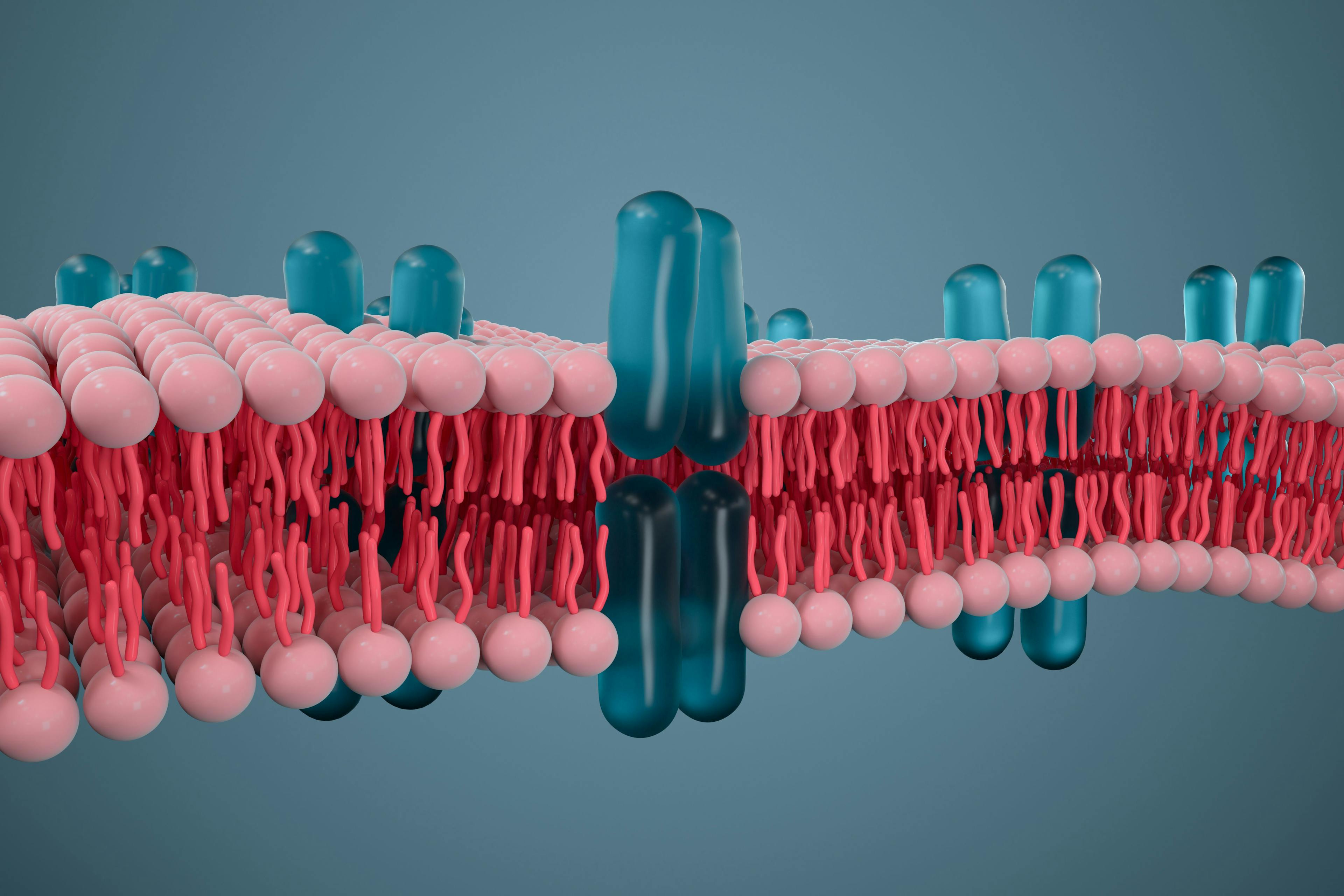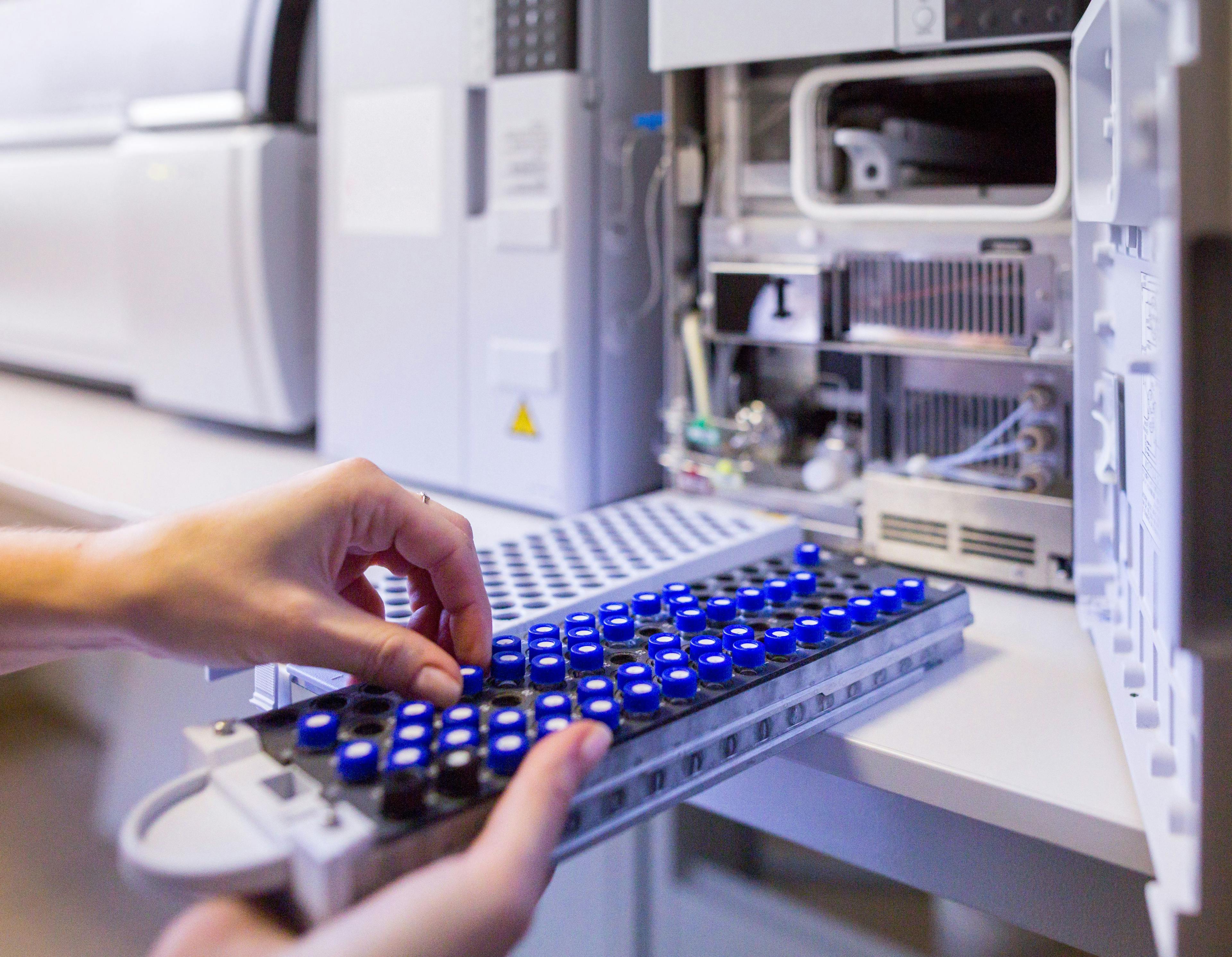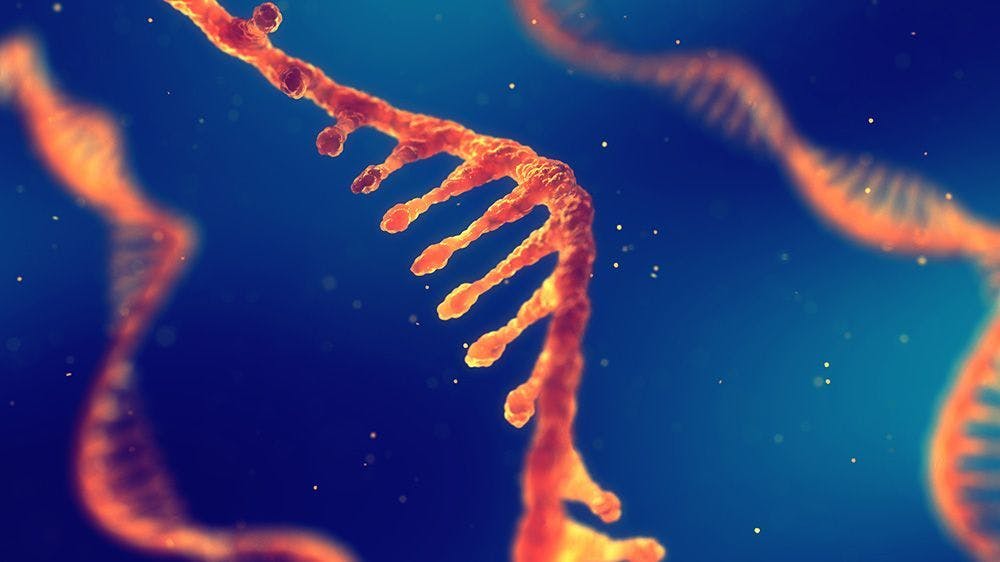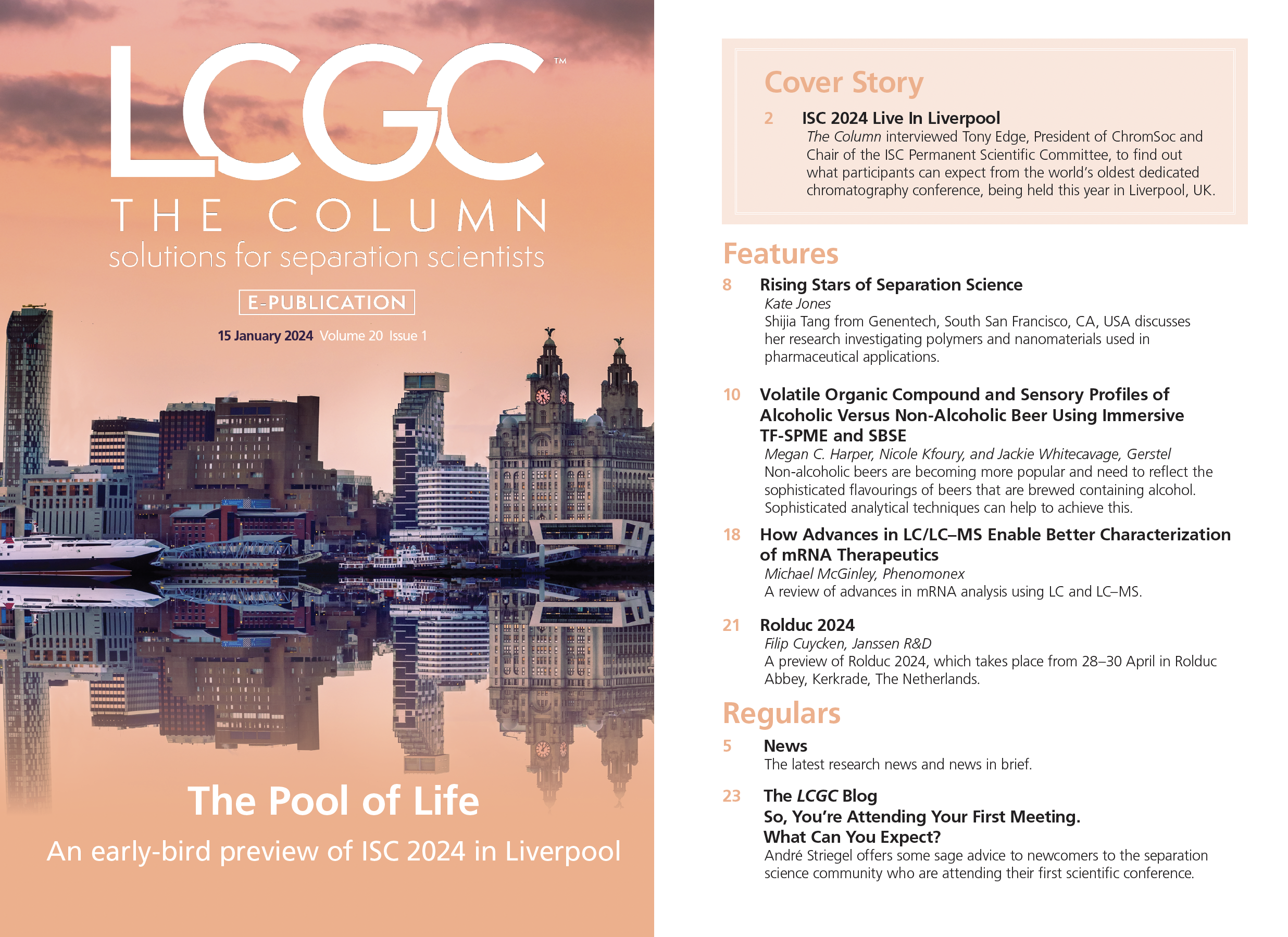New Strategies for Oligonucleotide Aggregate Analysis
Technological limitations have made it difficult for scientists to identify oligonucleotide aggregates. This can pose challenges when finding techniques to reliably analyze size variants for large nucleic acids and lipid nanoparticles (LNPs).
In a new study published in Analytical Chemistry, nucleic acid and LNP aggregation are examined using prototype ultrawide pore size-exclusion chromatography (SEC) columns with low adsorption capabilities (1). The initial phase of the study was dedicated to investigating the physicochemical properties of these columns.
The researchers found a striking disparity in aggregate content observed for a model messenger RNA (mRNA) produced by different manufacturers. The study revealed that the aggregate content could vary significantly, with percentages ranging from 17.8% to 59.7%.
The research team subjected the aggregates to a heat treatment. This thermal stress test led to a reduction in the aggregate content, dropping from 59.7% to 4.1%. Simultaneously, the main peak area increased by 3.3-fold, underlining the potential for thermal stress to refine the quality of nucleic acids.
One particularly noteworthy achievement of this study was the separation of plasmid DNA topological forms and multimers through analytical SEC. This allowed researchers to draw critical comparisons between degradation trends obtained through SEC and data acquired via anion-exchange chromatography (AEC) methods.
Further expanding the horizons of this research, unconjugated and fragment antigen-binding (Fab)-guided LNPs were subjected to analysis. Their elution times were meticulously charted in relation to their sizes, as measured by dynamic light scattering (DLS). To gain a more comprehensive understanding, multi-angle light scattering (MALS) was integrated with SEC to probe large species eluting before the LNPs.
As health authorities continue to emphasize the importance of understanding oligonucleotide aggregates, this research stands as a testament in the pursuit of better, more accurate, and reliable analytical tools in the field of biotechnology.
This article was written with the help of artificial intelligence and has been edited to ensure accuracy and clarity. You can read more about our policy for using AI here.
Reference
(1) Goyon, A.; Tang, S.; Fekete, S.; et al. Separation of Plasmid DNA Topological Forms, Messenger RNA, and Lipid Nanoparticle Aggregates Using an Ultrawide Pore Size-Exclusion Chromatography Column. Analytical Chemistry 2023, 95 (40), 15017– 15024. DOI: 10.1021/acs.analchem.3c02944
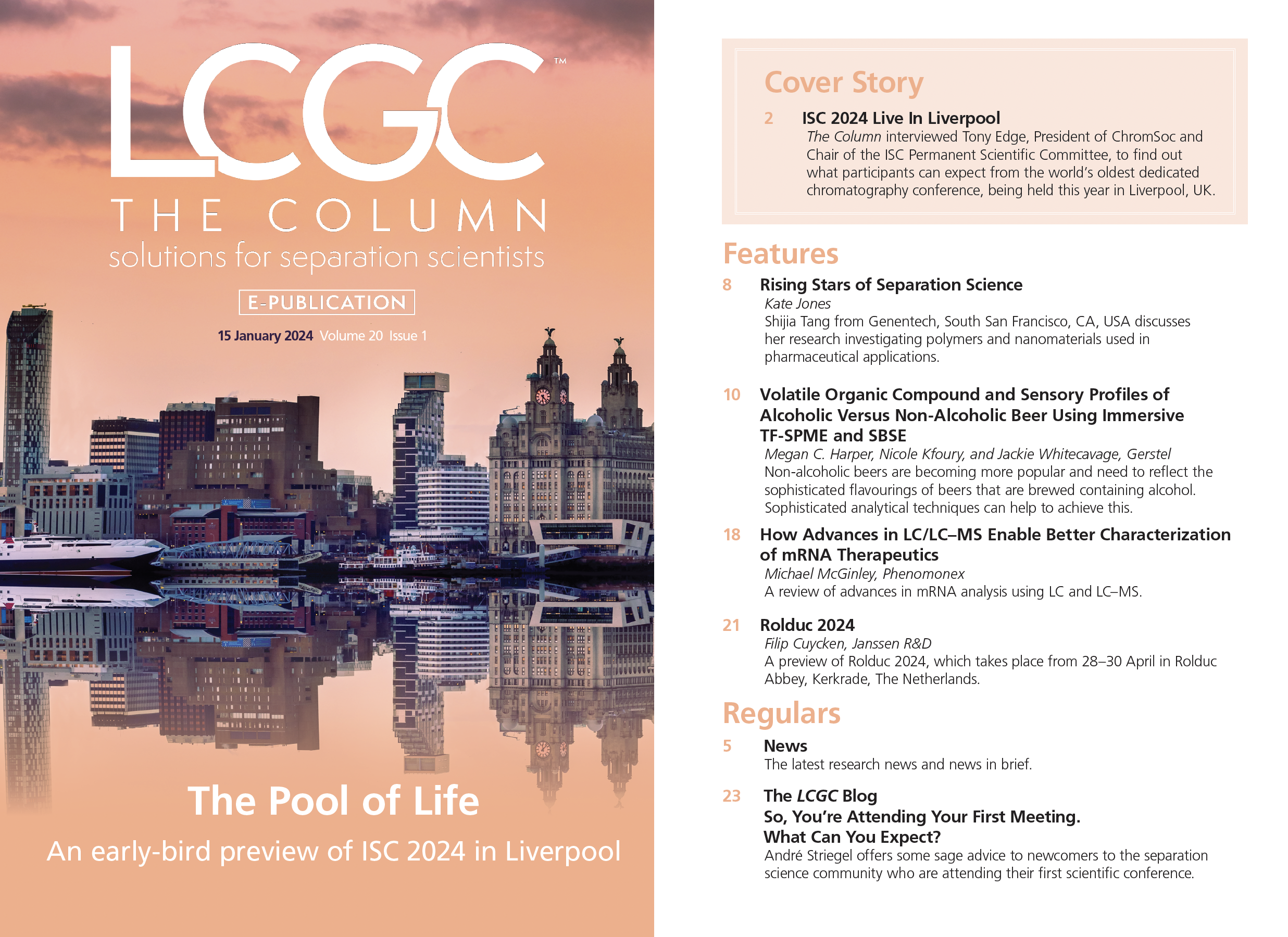
Characterizing Plant Polysaccharides Using Size-Exclusion Chromatography
April 4th 2025With green chemistry becoming more standardized, Leena Pitkänen of Aalto University analyzed how useful size-exclusion chromatography (SEC) and asymmetric flow field-flow fractionation (AF4) could be in characterizing plant polysaccharides.
Rethinking Chromatography Workflows with AI and Machine Learning
April 1st 2025Interest in applying artificial intelligence (AI) and machine learning (ML) to chromatography is greater than ever. In this article, we discuss data-related barriers to accomplishing this goal and how rethinking chromatography data systems can overcome them.
Influence of Concentration in Conventional GPC/SEC and Advanced Detection GPC/SEC
March 21st 2025Sample concentration is a parameter that can influence the quality of gel permeation chromatography/size-exclusion chromatography (GPC/SEC) separations and the obtained results. Understanding this influence can help to support the development of reliable GPC/SEC methods.






